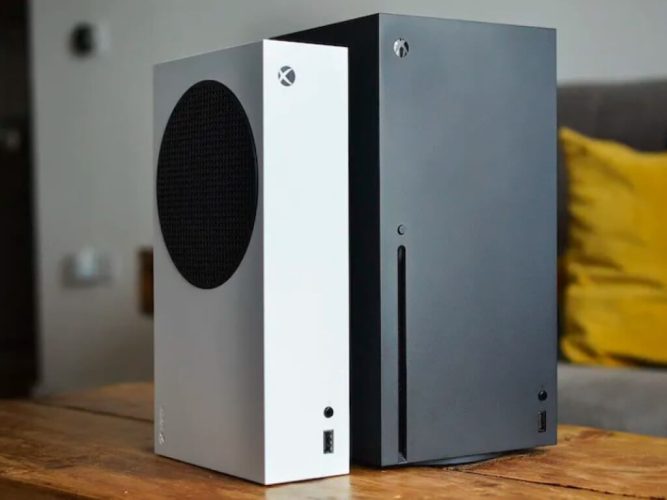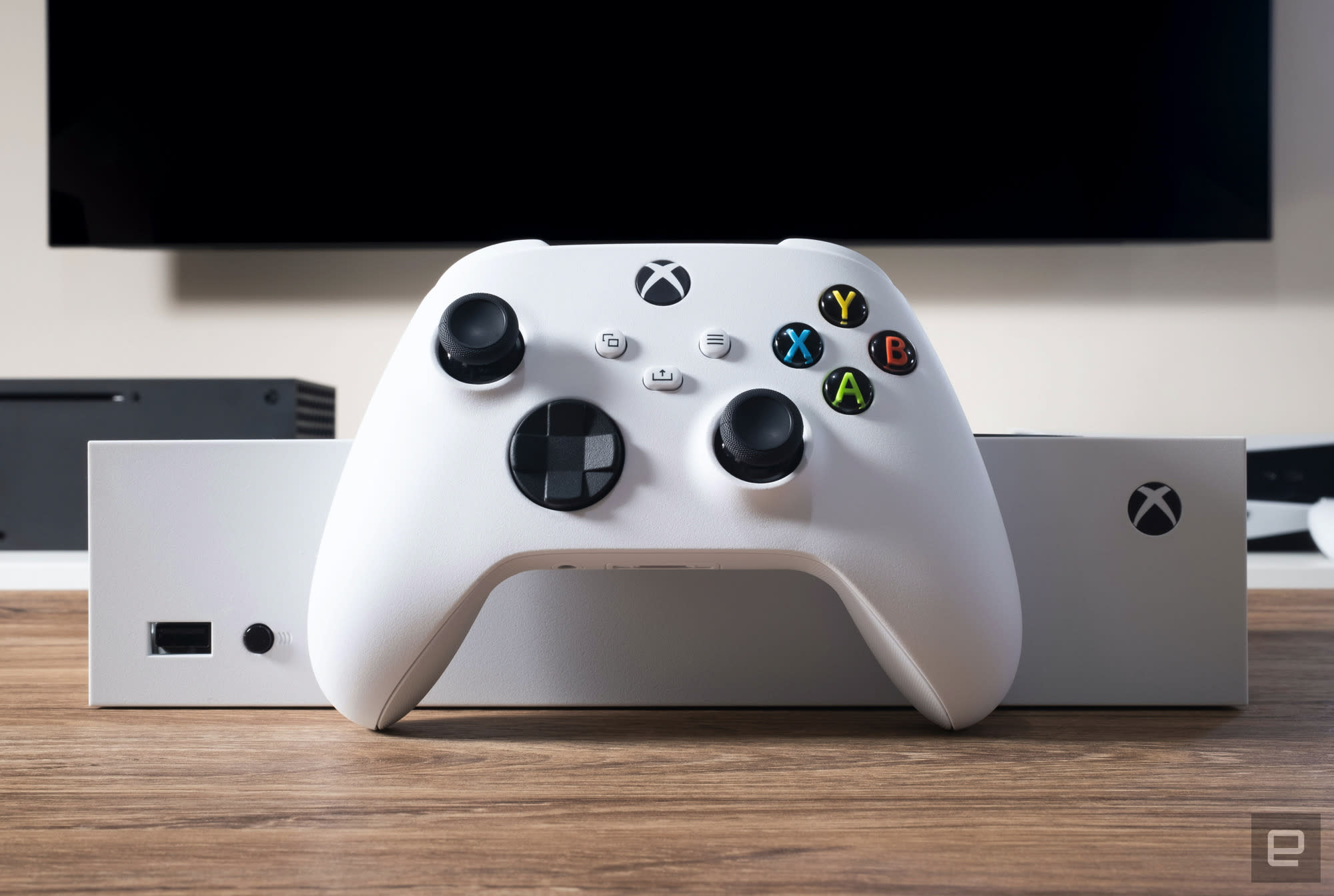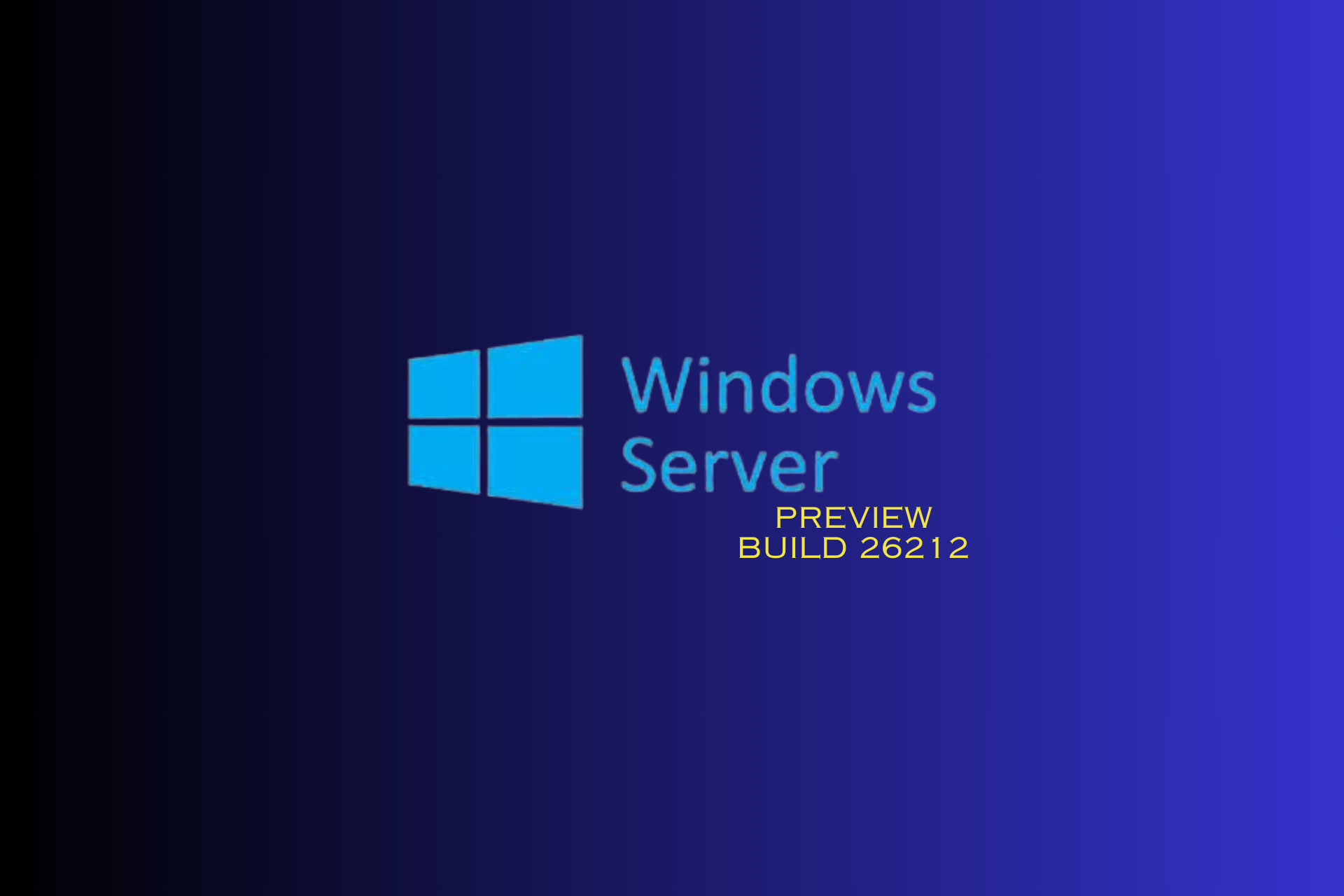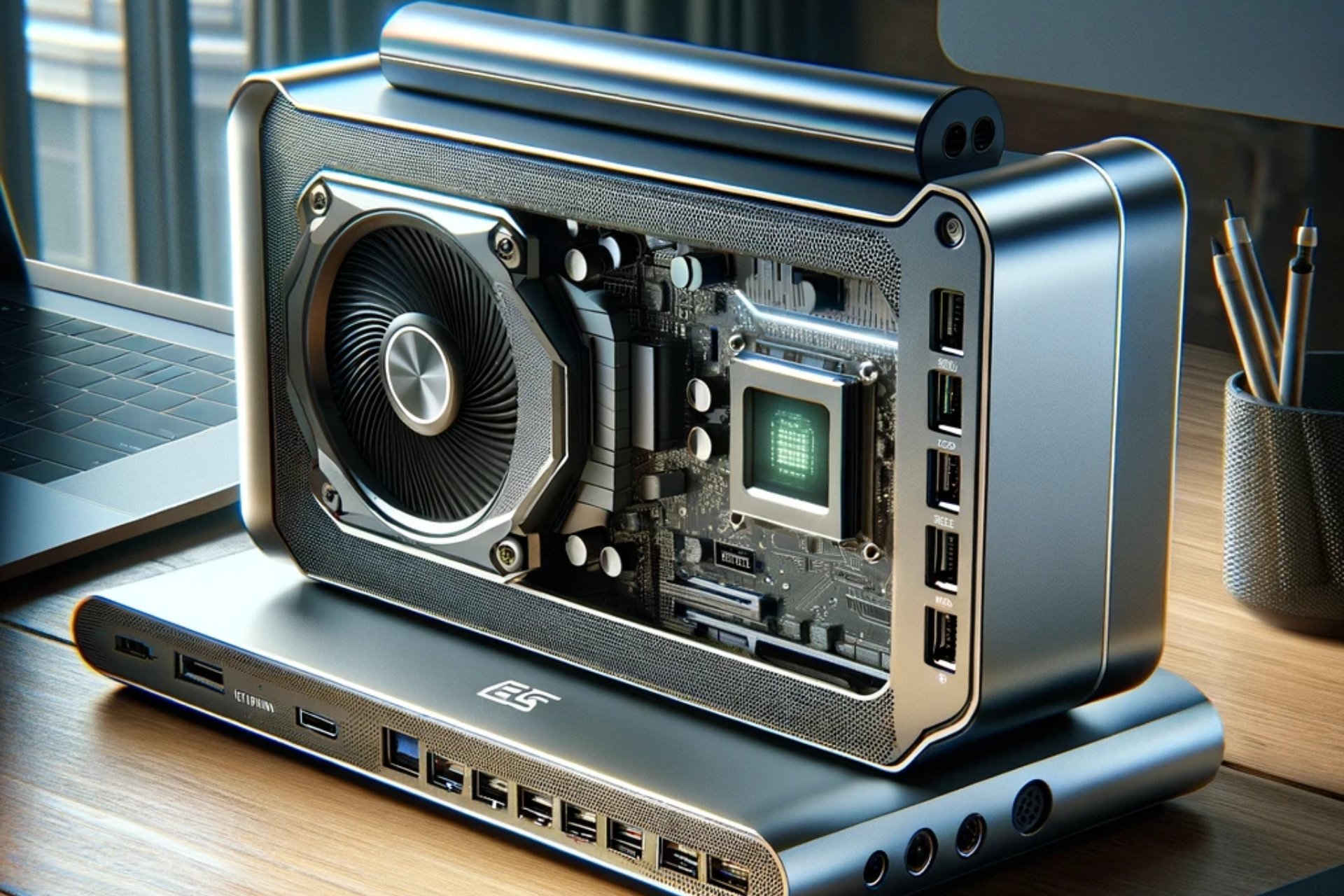Baldur’s Gate 3, Forza Motorsport issues rekindle Xbox Series S feature parity debate
2 min. read
Published on
Read our disclosure page to find out how can you help Windows Report sustain the editorial team Read more

During the latest Forza Monthly livestream it was revealed that certain multiplayer features would be omitted from the upcoming Forza Motorsport. Creative Director Chris Emaki acknowledged that this was due to technical limitations, saying,
Our heavy investment in pushing our new graphical features and our complete overhaul of the rendering engine unfortunately made splitscreen really difficult to implement.”
Many have interpreted this as meaning “really difficult to implement on Series S.” Running split screen multiplayer is a resource-intensive feature, and has proved much more difficult for developers to implement on Microsoft’s more affordable albeit less powerful ninth-gen console. (Series S dev kits got a slight memory boost a year ago, but this has proved only marginally helpful).
And this isn’t the first time the issue of the Series S’ performance capabilities has come up. Microsoft had to forgo a split-screen campaign co-op mode in Halo Infinite, though its inclusion had been initially planned from the start. Many have speculated that this was because 343 couldn’t get it running at 100% on Series S.
And more recently, the release of Baldur’s Gate 3 on Xbox was delayed for the same reason. Meanwhile, Larian Studios’ RPG has taken the gaming world by storm on PlayStation 5, Windows and even Mac.
Xbox fans are debating whether or not Microsoft should drop its "feature parity" rule for the Xbox Series S. ????https://t.co/FBLTEHE80i #Xbox #XboxSeriesS
— Windows Central Gaming (@WinC_Gaming) August 14, 2023
All of this has led many to ask (and not for the first time): is the Series S holding back the Xbox brand this console generation? With headlines like “Microsoft’s Xbox Series S Parity Demands Are Now Handing Sony Free Wins” (Via Forbes), it’s easy to see how some might buy into this notion.
Developer concerns over the Series S’ limitations have been a thing since the outset of this console generation. It seems a potential solution may be for Microsoft to back away from its feature parity clause for the Series S console, especially with the possibility of a mid-gen hardware refresh—at least for the time being—off the table.









